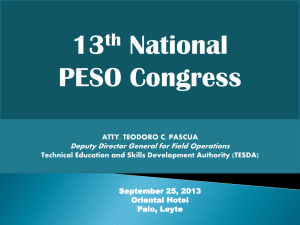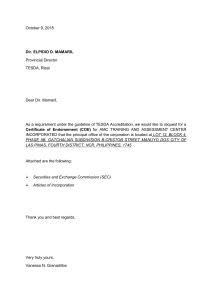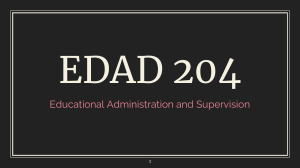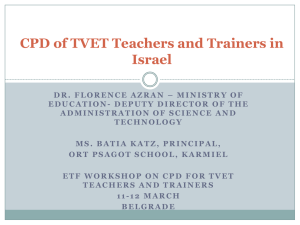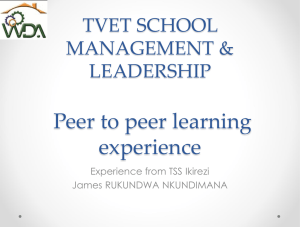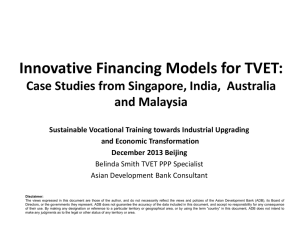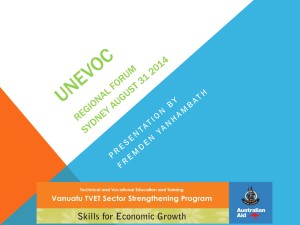THE GLOBAL CURRICULUM
advertisement
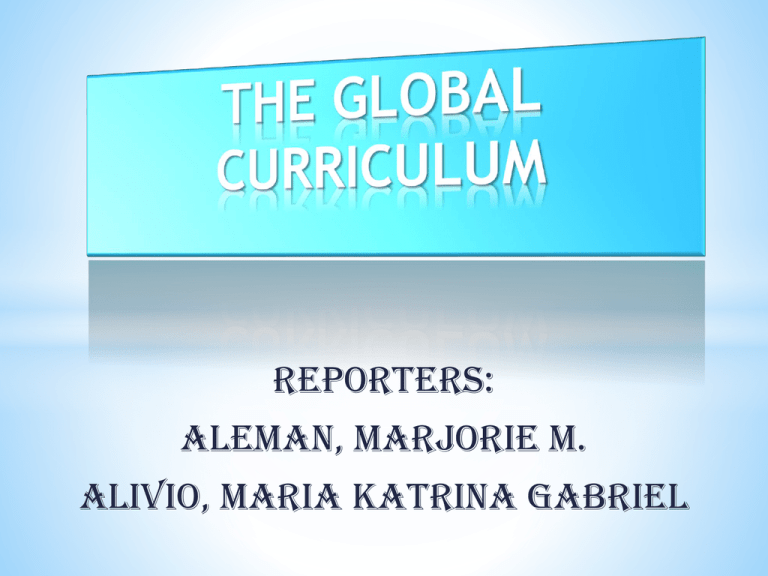
REPORTERS: ALEMAN, MARJORIE M. ALIVIO, MARIA KATRINA GABRIEL The global village created by the internet is real, but the content of it’s curriculum is still being shaped. Educators investigating a world-based curriculum call their work global education. Teach more effectively. Reach and teach more students Make the world our classroom Turn latchkey kids into connected kids. Effective teaching all but disappears. The digital divided. world remains Students risk becoming antisocial. Computers are a health risk Fundamental skills are sidelined. Education is a complex, social, cultural, and political phenomenon. there is a strong case of education transformation. argued that knowledge acquisition is no longer something that happens only in school; now it occurs everywhere and is lifelong. *Multimedia learning resources available via information networks, will proliferate and become an essential feature of education. * Learners and teachers alike will have access to powerful potable computing devices that will be wirelessly connected to network resources. *Learning increasingly will take place in authentic contexts and focus on authentic tasks. * Students will become active learners, collaborating with one another and with more experienced members of society, to seek out information and gain knowledge. *Teacher’s roles will tend to shift from the “ sage to stage” to the “ guide on the side”. * Education will become a lifelong process, important and accessible to all, and schools will become centers of learning –not just for children, but for all members of community. *The artificial divisions of grade levels will disappear. * The boundaries separating schools from each other and the community will blur and disappear. *“Jobs and skills should match” * One of the deterrents in finding a job is the mismatch of skills possessed by the graduates and the requirements of the job. *President Gloria Macapagal- Arroyo, issued an executive order creating a new path called the ladderized system of education and training, converging the TVET system of Technical Education and Skills Development Authority (TESDA) and the higher education programs of the Commission on Higher Education. * Students and trainees acquire technical and vocational skills from TESDA registered programs in schools and training centers, public and private. * *When they decide later to continue their studies to earn a college degree, the TVET training they have completed will be credited in the college course they will take. * After the training, the graduates apply for jobs and get employed. *One of the outstanding features of the ladderized system is the portability of credits earned in a TESDA registered program to a college course recognized by CHED. Similarly, the college graduates who will enroll in a related TVET program will earn he equivalent credits.
